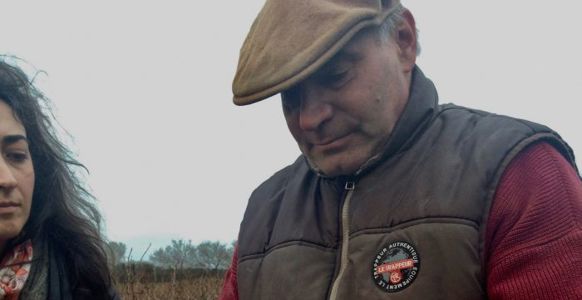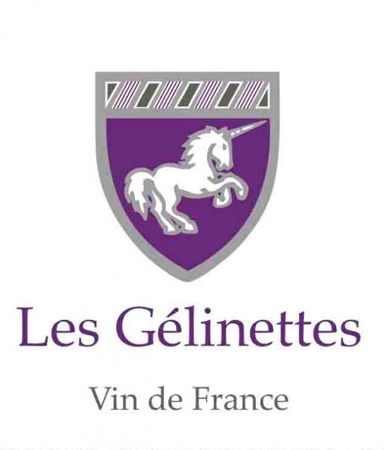Ferme de la Sansonnière

Ferme de la Sansonnière Gallery
Thank you to importer Louis/Dressner for this estate profile.
The rather small area of the Coteaux-du-Layon, famous for its sweet wines, has proven to be fertile terrain for winemakers with strong personalities willing to flip the script. Since the original wave of Patrick Baudouin, Philippe Delesvaux, Jo Pithon and Mark Angeli in the late 1980's, to this very day the area continues to attract many brilliant and eccentric personalities, often newcomers to the area and profession. Many of the most captivating dry white wines of the Loire Valley now come from this sector, and Mark Angeli's tireless efforts to promote the alternative potentials of the region are largerly responsable for this.
Mark, a chemistry student turned stonemason who embraced viticulture as a form of environmental protection, is a firm believer in "biodynamie" and in the wines that can be made from this method of culture. He bought his estate in 1990, with seven hectares of Anjou, Coteaux-du-Layon and Bonnezeaux. These last two appellations, planted by law entirely in Chenin blanc, are supposed to yield richly sweet moëlleux or liquoreux wines every year. The AOC rules do not admit any demi-sec or sec wine, as it does in Vouvray and Montlouis. Anything below a moëlleux loses the names Coteaux-du-Layon or Bonnezeaux, has to be entirely sec and becomes an Anjou blanc, the lowliest of categories in the area and the least remunerative too. So, every year early in the picking season, winemakers have to gamble that the weather in September and October is going to concentrate the grapes’ sugar through noble rot or passerillage, and that they’ll be able to make sweet wines. After years of making celebrated Bonnezeaux, Angéli decided several vintages ago to reverse course, and make great dry (or semi-dry) wines from most of his plots, even in Bonnezeaux. Thus was created his Anjou blanc “La Lune”, which has the deep gold color of a sweet Chenin, and notes of dried, candied fruit on the nose; the mouth is rich, despite its minerality and lively acidity; the wine is totally dry, but with the weight and flavors of a moëlleux: in all, quite an astonishing feat of vinegrowing and winemaking. His rosé, made from the local varietal Grolleau Gris, 20% Cabernet Franc and 20% Gamay, is the opposite of what’s expected from this usually unappealing category: the color is orangey-pink, the nose soft, ripe with red berry aromas, the mouth round, lively, fruity, and yes, there is a lot of residual sugar! Makes sense: it is made from botrytized grapes (all three varietals).
Other single vineyard cuvées “Les Fourchades”, “Les Blanderies Vieilles Vignes” and “Les Gelinettes” are made in tiny quantities.
For years Mark produced everything under the Anjou appellation, but once his rosé started getting refused by the INAO tasting panel, he chose to declassify it as table wine and redubbed it "Rosé d'un Jour", a riff on Rosé d'Anjou. Eventually, it was decided to abandon the appellation and bottle the entirety of the production as Vin de France.
Mark Angéli currently runs the farm with his son Martial. They also produces apple juice and wholewheat flour.
Background
- Name of Estate: Ferme de la Sansonnière
- Region: Loire
- Country: France
- Proprietor: Mark and Martial Angeli
- Size: 7.7 hectares
- Farming: Biodynamic
- Soils: Schist, clay, sand
- Grapes grown: Chenin Blanc, Grolleau Gris, Cabernet Sauvignon
- Fun facts: The estate has been working biodynamically since its inception in 1990. The S02 used at the estate is 100% natural and mined from an active volcano!





